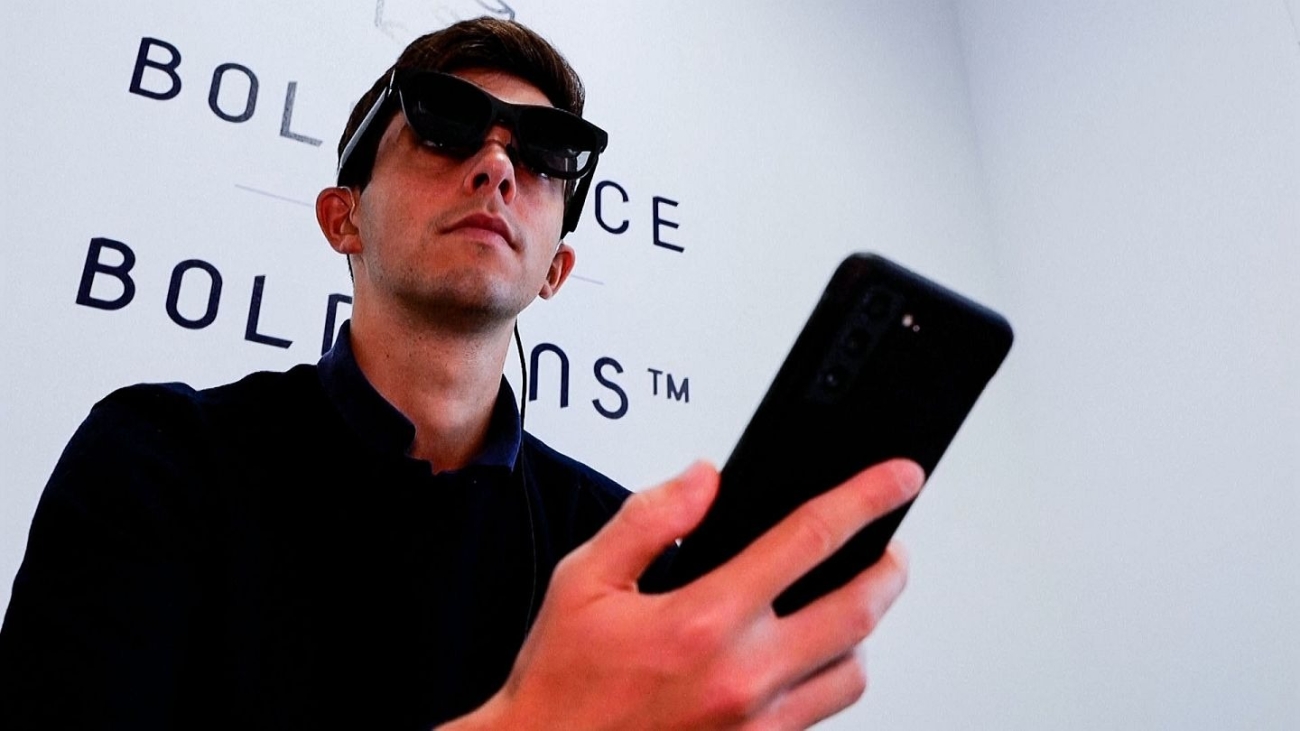New AR (augmented reality) glasses are allowing deaf and hard of hearing people to “see” conversations in real-time. The glasses, developed by a company founded by Dan Scarfe, connect to a mobile phone which handles the processing and graphics generation. Scarfe was inspired to create the technology after witnessing his 97-year-old hearing impaired grandfather struggle to engage with his family during a Christmas gathering.
The glasses work by using a microphone to pick up speech and then converting it into text which is displayed on the lenses of the glasses. This allows the user to read what is being said in real-time, even in loud or crowded environments where it may be difficult for them to hear. The glasses also have the ability to translate speech into different languages, making it possible for users to have conversations with people who speak a different language.
This technology is groundbreaking for the deaf and hard of hearing community, as it gives them the ability to participate in conversations and social interactions in ways that were previously not possible. It allows them to be more independent, and feel less isolated in social situations. Additionally, it can help them in a professional setting as they can participate in business meetings and communicate with colleagues in real-time.
The development of these glasses is also beneficial for society as a whole, as it promotes inclusivity and removes barriers for communication between people with different abilities. It also shows that technology can be used to enhance the lives of people with disabilities and create a more equal society.
However, like any new technology, there are potential downsides to consider. For example, the cost of the glasses may be prohibitive for some individuals, and the reliance on a mobile phone for processing and graphics generation means that the user must have access to a mobile phone and a stable internet connection to use the glasses. Additionally, the glasses may not be suitable for all deaf or hard of hearing people, as some may not be able to read text or may have difficulty with the AR display.
Despite these limitations, the development of these AR glasses is a significant step forward in improving the lives of deaf and hard of hearing people. It shows that technology can be used to break down barriers and promote inclusivity, making it possible for people with different abilities to communicate and interact in new ways.
